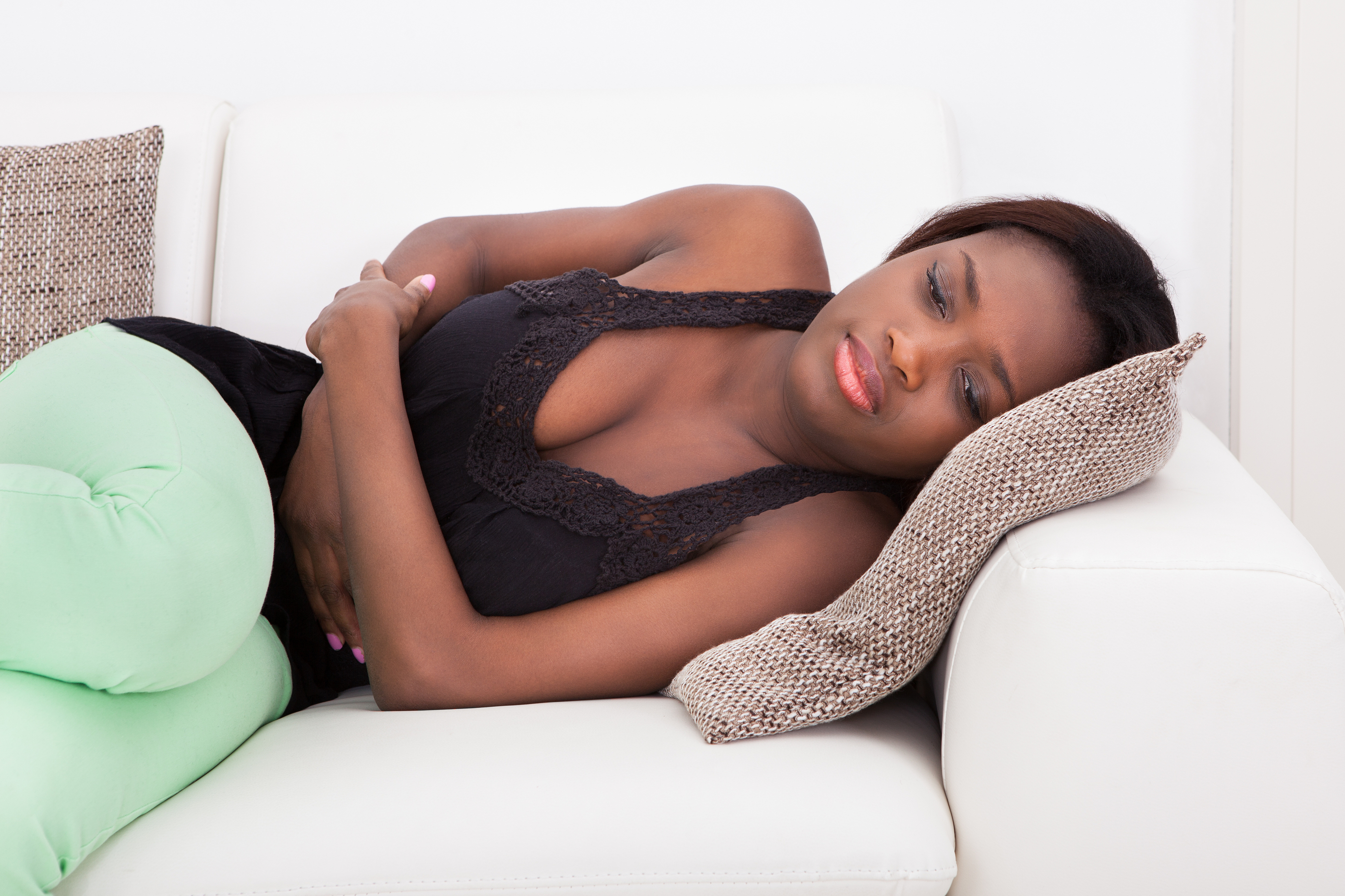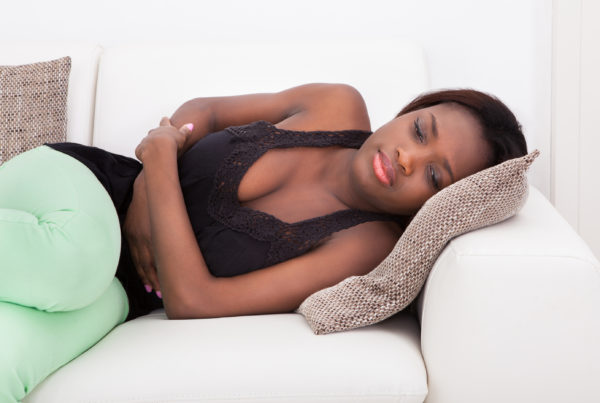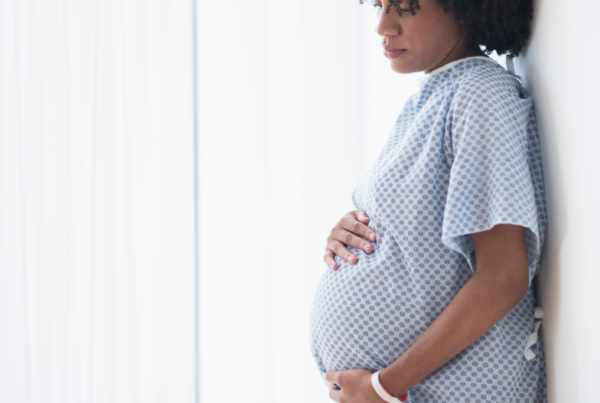A woman’s periods or menstrual cycle and her fertility are linked hence the nature and regularity or irregularity of her menstrual cycle often provide strong insight into her overall reproductive health.
A period is made up of blood and the womb lining. The first day of a woman’s period is Day 1 of the menstrual cycle.
Periods last around 2 to 7 days and women lose about 3 to 5 tablespoons of blood in a normal period.
Without normal, monthly ovulation, a woman cannot become pregnant naturally through sexual intercourse. Throughout her reproductive life, a woman would have around 480 – 500 periods, or fewer if she has any pregnancies.
The length of the menstrual cycle varies from woman to woman, but the average normal is to have periods every 28 days. Regular cycles that are longer or shorter than this, from 21 to 35 days, are normal.
As a woman, your menstrual cycle is the time from the first day of your period to the day before your next period.
A girl’s first period, called menarche, typically occurs around the ages of 10 and 14 years old. For the first few years, the period may occur without ovulation and may be unpredictable and sporadic but as soon as ovulation begins, the monthly periods begin to normalize.
In this 2-part series, we will examine the link between the menstrual cycle and a woman’s fertility. We will discuss what normal and what is not, what can go wrong and how it can be rectified.
To understand a woman’s fertility, what happens during the menstrual cycle is usually a good indicator and it helps to know about the reproductive organs inside a woman’s body.
Essentially every woman should have two ovaries – where the eggs are stored, developed and released; there is one womb (uterus) – where a fertilized egg implants and a baby develops; there are two Fallopian tubes – two thin tubes that connect the ovaries to the womb; there is a cervix – the entrance to the womb and the vagina (birth canal).
The menstrual cycle denotes the cycle of changes the female body goes through in order to achieve pregnancy. During a normal menstrual cycle, eggs mature and are made available for fertilization by the ovaries. Along with the release of eggs, the uterine lining is prepared to accept a fertilized egg and begin a pregnancy. Menstruation occurs when the uterine lining is shed if no pregnancy occurs.
The menstrual cycle can range from 21-35 days in healthy women but could also be longer or shorter and that often indicates a hormonal problem that may negatively impact fertility.
In summary, the menstrual cycle is controlled by hormones. In each cycle, rising levels of the hormone oestrogen cause the ovary to develop and release an egg (ovulation). The womb lining also starts to thicken.
In the second half of the cycle, the hormone progesterone helps the womb to prepare for implantation of a developing embryo.
The egg travels down the fallopian tubes. If pregnancy doesn’t occur, the egg is reabsorbed into the body. Levels of oestrogen and progesterone fall and the womb lining comes away and leaves the body as a period (the menstrual flow).
The time from the release of an egg to the start of a period is around 10 to 16 days.
Essentially there are three phases of the menstrual cycle. The first is the follicular phase which begins on the first day of menstrual bleeding, where the uterine lining is shed and expelled through the vagina. The main event of this phase which lasts around 13-14 days is the development of follicles in the ovaries.
A hormone – the Follicle-Stimulating How, stimulates the growth of follicles, each containing an egg. Just one follicle becomes dominant and others break down.
Next is the Ovulatory phase which starts when the level of luteinizing hormone begins to rise, and within 12-14 hours, triggers one (or more) dominant follicles release a mature egg which is ready for fertilization. The egg can only be fertilized for around 12 hours after its release. At the time of ovulation, basal body temperature begins to rise.
Lastly is the Luteal phase which starts after ovulation and concludes just prior to menstruation. The ruptured follicle that housed the egg becomes a structure known as the corpus luteum that starts to produce progesterone that causes the uterine lining to build up in preparation to accept a potentially fertilized egg. Progesterone can cause slightly elevated body temperature, which can be used to estimate if ovulation occurred.
If the egg is not fertilized or does not properly implant, the corpus luteum degenerates after 14 days. This causes levels of estrogen and progesterone to decrease, and a new menstrual cycle begins.
If an embryo is implanted, the hormone human chorionic gonadotropin (hCG) is produced. hCG maintains the corpus luteum (which continues to produce progesterone that maintains the uterine lining) until the fetus can produce hormones.
If anyone of these three stages of the menstrual cycle is not completed properly, the chances of pregnancy decrease.
Problems with one or more phases of the menstrual cycle may be signaled by periods which are longer than 35 days (in which case ovulation is likely not occurring regularly) or shorter than 21 days (in which menstruation is likely occurring without ovulation occurring at all).
Ovulation is the release of an egg from the ovaries. A woman is born with all her eggs.
Once she starts her periods, one egg develops and is released during each menstrual cycle. After ovulation, the egg lives for 24 hours.
Pregnancy happens if a man’s sperm meets and fertilise the egg. Sperm can survive in the fallopian tubes for up to 7 days after sex.
Occasionally, more than one egg is released during ovulation. If more than one egg is fertilised it can lead to a multiple pregnancy, such as twins, triplets or more.
You can’t get pregnant if ovulation doesn’t occur. It’s a fundamental rule. Theoretically, you are fertile for only a short time when you can get pregnant, and that is the time around ovulation. It’s difficult to pinpoint exactly when ovulation happens but in most women, it happens around 10 to 16 days before the next period.
It’s not accurate to say that all women are fertile on day 14 of the menstrual cycle. This might be true for women who have a regular, 28-day cycle, but it won’t apply to women whose cycles are shorter or longer.
Vaginal secretions (discharge) change during the menstrual cycle. Around the time of ovulation, they become thinner and stretchy, a bit like raw egg white.
As mentioned earlier, in a typical menstrual cycle, a woman’s body utilizes hormones and signals to trigger the monthly development, maturation, and release of an egg from the ovary. This entire process is called ovulation. Once the egg has been released, it travels through the fallopian tubes, where if sperm are present, conception begins. Without a fully developed and released egg, a woman is unable to become pregnant.
Menstruation may be preceded by cramps in the pelvis or lower back as the body begins to squeeze blood vessels shut in preparation for shedding the uterine lining. Some cramping is normal, but severe or excessive cramps or menstrual bleeding may also signal problems with the hormones, ovaries, or uterus which may impair fertility if not addressed.
Problems causing abnormal menstruation and low fertility may be treated with hormones to encourage ovulation, and the buildup of the uterine lining.
Typical physical and emotional symptoms may accompany a menstrual period, a condition called premenstrual syndrome or PMS. These symptoms include cramping, lower back pain, bloating, sore breasts, etc.
Extreme or debilitating symptoms may indicate an underlying issue or abnormalities and disorders of the menstrual system may disrupt a woman’s reproductive functioning and often require evaluation. These will be discussed in more detail next week.






How can an irregular menstraution be cured in a woman
This is very nice. So, what can someone that has thin endromentrium lining do to make it thick for proper implementation?